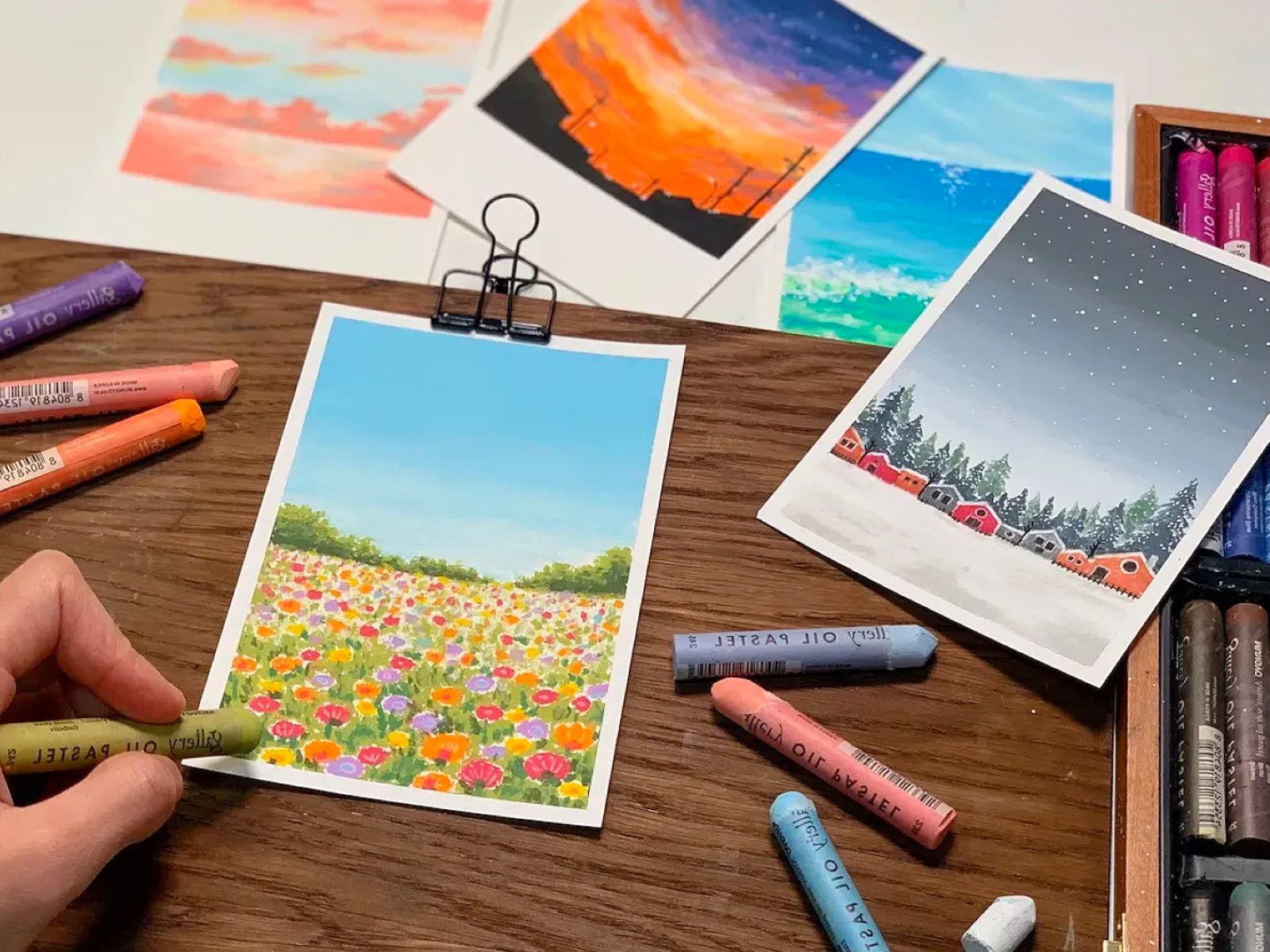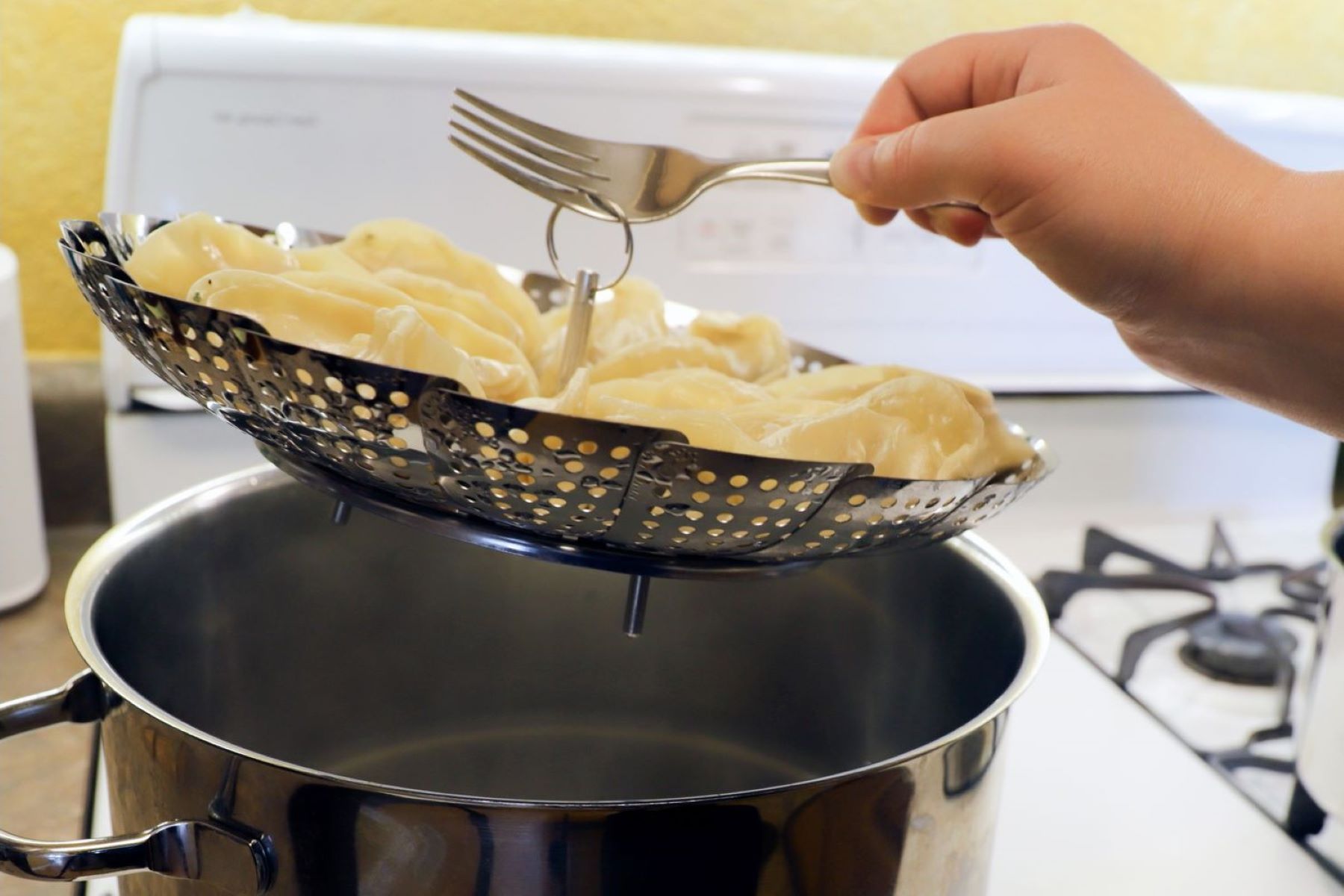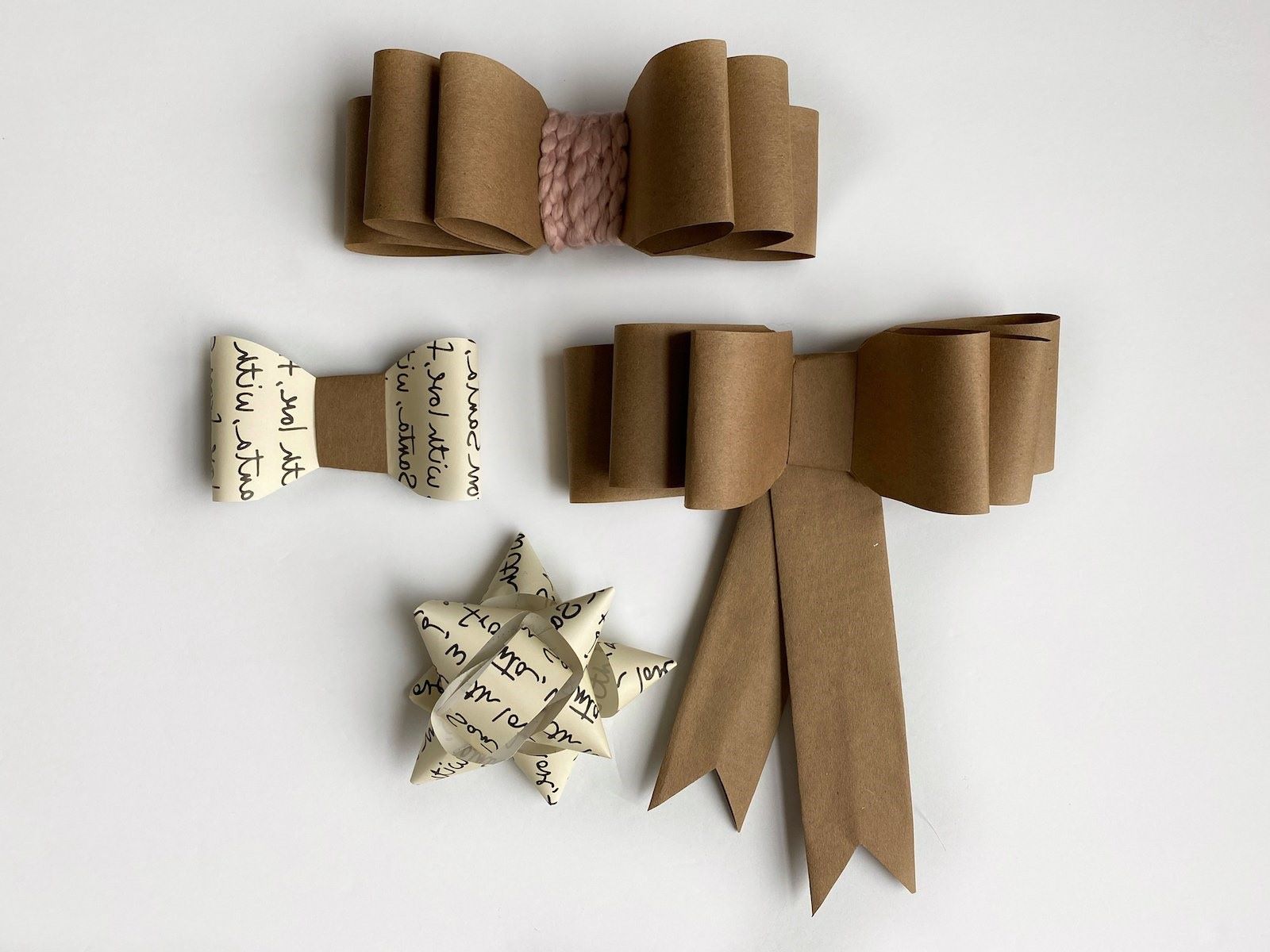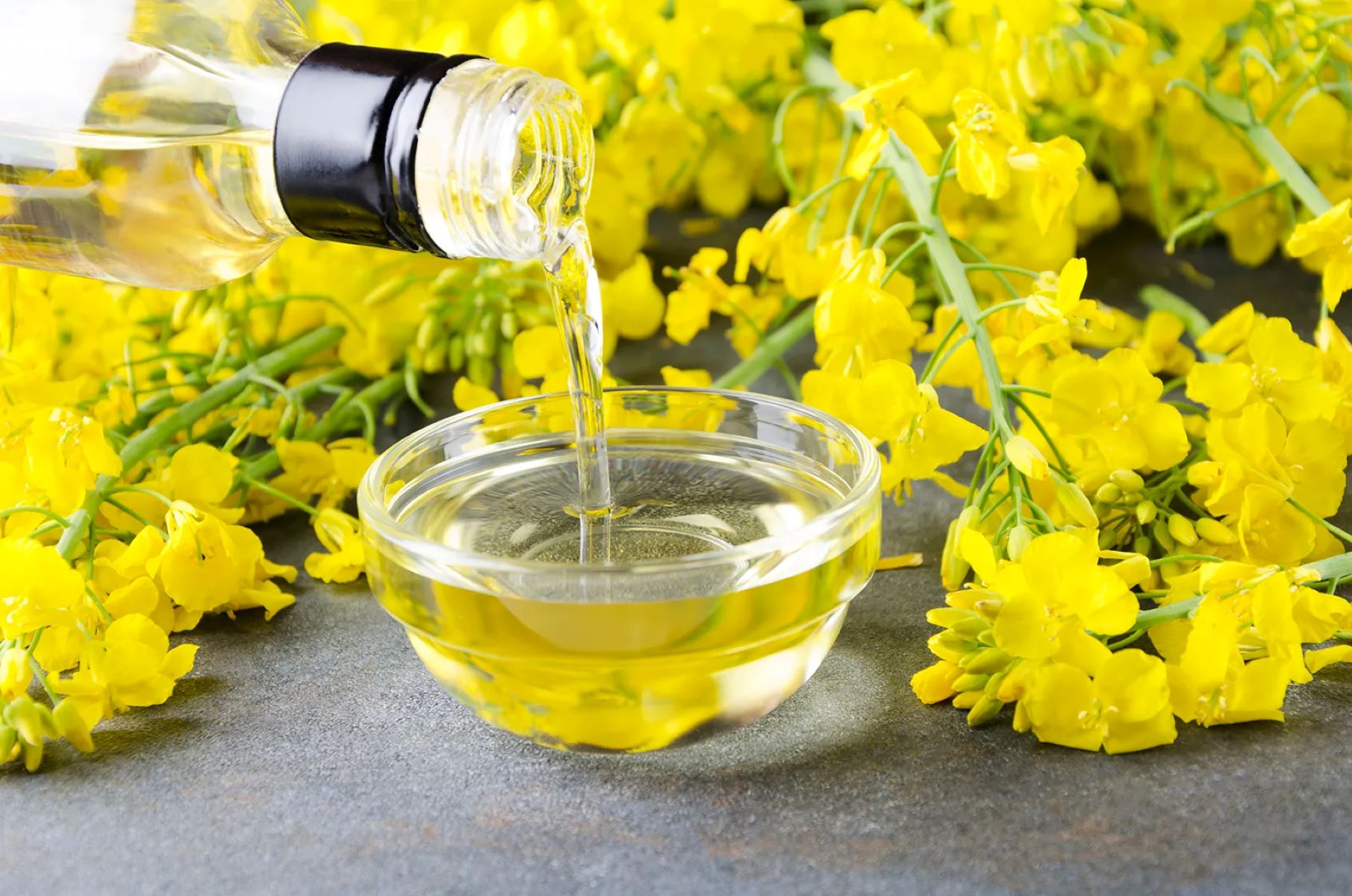Home>Arts and Culture>How To Use Oil Pastels


Arts and Culture
How To Use Oil Pastels
Modified: March 13, 2024
Learn how to use oil pastels to create stunning artwork in this comprehensive guide. Explore various techniques and tips for beginners in the world of arts and culture.
(Many of the links in this article redirect to a specific reviewed product. Your purchase of these products through affiliate links helps to generate commission for Regretless.com, at no extra cost. Learn more)
Table of Contents
Introduction
Oil pastels are a versatile and vibrant medium that can bring your artistic visions to life with their rich, creamy texture and intense pigmentation. Whether you're a seasoned artist or just starting your creative journey, oil pastels offer a unique and exciting way to express yourself through art.
In this comprehensive guide, we will delve into the fascinating world of oil pastels, exploring various techniques, tips, and tricks to help you master this captivating medium. From understanding the fundamental properties of oil pastels to learning advanced blending and layering techniques, this article will equip you with the knowledge and skills to create stunning artworks that showcase the beauty and versatility of oil pastels.
Throughout this guide, we will unravel the secrets of selecting the right paper and surface for your oil pastel creations, as well as uncovering the art of blending and layering to achieve captivating color transitions and depth in your artwork. Additionally, we will explore the intricacies of creating different textures, adding intricate details, and incorporating highlights to elevate the visual impact of your oil pastel masterpieces.
Moreover, we will discuss essential methods for fixing and preserving your oil pastel artworks, ensuring that your creations stand the test of time while maintaining their original vibrancy and allure. By the end of this journey, you will not only have a deeper understanding of oil pastels but also the confidence and expertise to unleash your creativity and produce captivating artworks that reflect your unique artistic expression.
So, grab your oil pastels, unleash your imagination, and embark on this enriching exploration of oil pastel artistry. Let's dive into the fascinating realm of oil pastels and unlock the boundless potential they offer for creating captivating and expressive works of art.
Understanding Oil Pastels
Oil pastels are a unique and versatile artistic medium that offer a wide array of creative possibilities. Composed of a blend of pigment, non-drying oil, and a wax binder, oil pastels boast a creamy consistency that allows for smooth and effortless application on various surfaces. Unlike traditional oil paints, oil pastels do not require any additional mediums or solvents, making them a convenient and accessible choice for artists of all levels.
One of the distinguishing features of oil pastels is their intense and vibrant colors, which remain remarkably vivid even after application. This exceptional color retention is attributed to the high concentration of pigment in oil pastels, enabling artists to achieve bold and striking results in their artworks. Furthermore, the rich, buttery texture of oil pastels lends itself to seamless blending and layering, allowing for the creation of captivating color transitions and intricate depth within compositions.
When working with oil pastels, artists have the flexibility to explore a wide range of techniques, from delicate, detailed strokes to bold, expressive marks. The tactile nature of oil pastels enables artists to directly engage with their artwork, as the medium responds to the pressure and movement of the artist's hand, resulting in a dynamic and expressive creative process.
In addition to their expressive qualities, oil pastels offer excellent versatility in terms of application surfaces. While traditional paper is a popular choice, oil pastels can also be applied to surfaces such as canvas, wood, and specialized pastel paper, each offering unique textural and visual effects. This adaptability allows artists to experiment and push the boundaries of their creativity, exploring diverse surfaces to achieve varying visual impacts in their artworks.
Understanding the fundamental properties of oil pastels, including their vibrant colors, creamy texture, and versatile application, is essential for harnessing the full potential of this captivating medium. As we delve deeper into the world of oil pastels, we will uncover the myriad techniques and approaches that enable artists to unleash their creativity and produce stunning, evocative artworks that showcase the unique allure of oil pastels.
Choosing the Right Paper and Surface
Selecting the appropriate paper and surface for your oil pastel artwork is a crucial step that significantly impacts the overall look and feel of your creations. The right choice of paper and surface not only enhances the visual impact of your artwork but also influences the ease of application and the longevity of the finished piece.
Consider the Texture:
When choosing paper for oil pastel work, consider the texture of the surface. A paper with a toothy or rough texture provides the necessary grip for the oil pastels to adhere effectively, allowing for better color application and layering. Textured papers also facilitate the creation of rich, tactile effects, adding depth and dimension to your artwork.
Weight and Thickness:
Opt for heavyweight paper or cardstock to support the heavy application and layering of oil pastels. Thicker papers prevent warping or buckling, providing a stable and durable foundation for your artwork. Additionally, heavyweight papers offer better resistance to tearing and can withstand the pressure and blending techniques commonly used with oil pastels.
Specialized Pastel Paper:
Specialized pastel paper, designed explicitly for use with dry media such as pastels and charcoal, offers an ideal surface for oil pastel artwork. These papers are engineered to maximize the adherence and blending of oil pastels, providing a consistent and reliable foundation for your creative endeavors. Moreover, pastel papers come in a variety of textures, including sanded and velour surfaces, each offering distinct visual and tactile qualities that can elevate the impact of your artwork.
Experiment with Surfaces:
While paper is a popular choice for oil pastel work, artists can also explore alternative surfaces to expand their creative possibilities. Canvas, wood panels, and textured boards offer unique textures and visual effects, allowing artists to experiment with different surfaces to achieve diverse artistic expressions. Each surface type presents its own set of challenges and opportunities, encouraging artists to push the boundaries of traditional oil pastel applications and explore new avenues of creativity.
By carefully considering the texture, weight, and specialized characteristics of the paper or surface, artists can make informed decisions that enhance the overall quality and visual impact of their oil pastel artworks. The right choice of paper and surface not only facilitates the application and blending of oil pastels but also contributes to the longevity and preservation of the finished artwork, ensuring that your creative endeavors stand the test of time.
Blending and Layering Techniques
Mastering blending and layering techniques is essential for unlocking the full expressive potential of oil pastels. These techniques allow artists to achieve seamless transitions between colors, create depth and dimension, and infuse their artworks with captivating visual richness. By understanding and honing these fundamental techniques, artists can elevate their oil pastel creations to new heights of artistic excellence.
Blending:
Blending is a fundamental aspect of working with oil pastels, enabling artists to achieve smooth color transitions and soft, gradient effects. There are several methods for blending oil pastels, each offering unique results:
-
Finger Blending: Using the warmth of your fingers, gently blend and smudge the oil pastels to create soft, seamless transitions between colors. This tactile approach allows for precise control over the blending process, enabling artists to achieve nuanced and organic effects.
-
Blending Stumps or Tortillons: Blending stumps, also known as tortillons, are cylindrical tools made of rolled paper that are used to blend and smudge oil pastels. By carefully manipulating the blending stumps, artists can achieve precise blending and create delicate, refined textures in their artworks.
-
Solvents: Some artists opt to use solvents such as mineral spirits or turpentine to blend oil pastels. When using solvents, it is crucial to work in a well-ventilated area and follow safety precautions. Solvents can produce striking blending effects, allowing for the creation of ethereal, translucent layers and subtle color variations.
Read more: How To Use The Emergency Brake
Layering:
Layering is a technique that involves building up multiple layers of oil pastels to create depth, richness, and complexity in artworks. By strategically layering colors, artists can achieve luminous effects and intricate color interactions:
-
Underpainting: Establishing an underpainting with a base layer of oil pastels sets the foundation for subsequent layers, providing a harmonious backdrop for further color application. The underpainting can influence the overall mood and tonal qualities of the artwork, serving as a guiding framework for subsequent layers.
-
Opacity and Transparency: Experimenting with the opacity and transparency of oil pastels allows artists to create dynamic interplays of light and shadow. By layering opaque and translucent colors, artists can imbue their artworks with a sense of depth and luminosity, enhancing the visual impact of their compositions.
-
Scumbling and Glazing: Scumbling involves applying a thin, broken layer of oil pastels over existing layers, creating a textured or hazy effect. Glazing, on the other hand, entails applying transparent or translucent layers to modify the color and tonal qualities of the underlying layers, resulting in subtle shifts and enhancements.
By mastering the art of blending and layering, artists can unleash the full expressive potential of oil pastels, creating artworks that resonate with depth, vibrancy, and visual allure. These techniques empower artists to explore a rich tapestry of colors and textures, infusing their creations with a captivating sense of dynamism and evocative beauty.
Creating Different Textures
Creating diverse textures with oil pastels adds depth, visual interest, and a tactile quality to artworks, elevating them to new levels of expressive richness. By employing various techniques and approaches, artists can imbue their compositions with a captivating array of textures, ranging from smooth and velvety surfaces to rough and gritty tactile effects.
Impasto Technique:
The impasto technique involves applying thick, heavily textured layers of oil pastels to the surface, resulting in pronounced ridges and peaks that catch the light and create dramatic visual impact. By building up the pastel in a sculptural manner, artists can evoke a sense of three-dimensionality and dynamic surface topography, infusing their artworks with a palpable sense of energy and vitality.
Sgraffito:
Sgraffito is a technique that entails scratching or etching into layers of oil pastels to reveal underlying colors or create intricate patterns and designs. By selectively removing layers of pastel, artists can introduce compelling visual contrasts and add intricate detailing to their artworks, resulting in a captivating interplay of textures and colors that engage the viewer's senses.
Read more: How To Use Letters On Phone
Stippling and Pointillism:
Stippling and pointillism techniques involve creating textures through the application of numerous small, distinct dots or marks. By varying the density and arrangement of these marks, artists can produce a wide range of textural effects, from fine, delicate stippling that imparts a sense of softness and subtlety to bold, dynamic pointillist textures that infuse artworks with a vibrant sense of movement and rhythm.
Scumbling and Dry Brushing:
Scumbling and dry brushing techniques enable artists to achieve nuanced and layered textures by lightly applying and blending oil pastels over existing layers. Scumbling creates a hazy, diffused texture that adds a sense of atmospheric depth and softness to the artwork, while dry brushing imparts a delicate, feathery texture that enhances the tactile quality of the surface, inviting viewers to engage with the artwork on a sensory level.
By exploring and mastering these diverse techniques for creating textures with oil pastels, artists can infuse their artworks with a captivating array of tactile and visual experiences, inviting viewers to immerse themselves in the rich tapestry of textures and sensations woven into each composition. Whether aiming to evoke the rugged texture of weathered stone, the softness of delicate petals, or the dynamic energy of rippling water, oil pastels offer a versatile and expressive medium for bringing a myriad of textures to life on the canvas.
Adding Details and Highlights
Adding intricate details and well-placed highlights is a pivotal stage in the process of elevating an oil pastel artwork from good to exceptional. It is during this phase that the artist's vision comes to life with nuanced precision and captivating luminosity. By focusing on the finer elements and strategically incorporating highlights, artists can infuse their creations with depth, dimension, and a compelling sense of realism.
Precision and Finesse:
When adding details to an oil pastel artwork, precision and finesse are paramount. Whether capturing the delicate intricacies of a floral arrangement, the subtle contours of a landscape, or the expressive features of a portrait, attention to detail is essential. By employing fine-tipped tools such as color shapers, blending stumps, or even the edge of a carefully held pastel stick, artists can delicately render intricate details with remarkable accuracy and finesse.
Read more: How To Make Olive Oil
Capturing Light and Luminosity:
Strategic placement of highlights is a powerful technique for capturing the play of light and infusing artworks with a sense of luminosity. By selectively applying lighter tones or leaving areas of the paper untouched to represent highlights, artists can create the illusion of light cascading across their compositions. This not only adds a sense of realism but also draws the viewer's gaze to focal points, creating a dynamic interplay of light and shadow that enhances the overall visual impact of the artwork.
Enhancing Depth and Realism:
Incorporating details and highlights is instrumental in enhancing the depth and realism of oil pastel artworks. By carefully observing the interplay of light and shadow in the subject matter, artists can replicate the subtle nuances that breathe life into their creations. Whether it's the glint of sunlight on water, the gossamer texture of a butterfly's wings, or the intricate play of light on a textured surface, the thoughtful application of details and highlights adds a layer of authenticity and emotive resonance to the artwork.
Evoking Emotion and Narrative:
Details and highlights also play a crucial role in evoking emotion and conveying narrative within artworks. From the weathered lines etched on a wise character's face to the glistening dewdrops adorning a tranquil meadow, these elements contribute to the storytelling aspect of the artwork. They invite viewers to immerse themselves in the visual narrative, forging a connection that transcends the physicality of the medium and resonates on a deeply emotive level.
In essence, the art of adding details and highlights in oil pastel artworks is a testament to the artist's skill, patience, and ability to infuse their creations with a captivating sense of realism and emotional depth. It is a transformative process that breathes life into the artwork, inviting viewers to embark on a visual journey filled with intricate details, luminous highlights, and evocative storytelling.
Fixing and Preserving Your Oil Pastel Artwork
Preserving the vibrancy and integrity of oil pastel artworks is essential to ensure their longevity and visual appeal over time. While oil pastels offer rich, intense colors and a creamy texture, they require special considerations for fixing and preserving to protect the finished pieces from smudging, dust, and environmental factors.
Fixative Application:
Applying a fixative is a crucial step in preserving oil pastel artworks. A fixative is a protective spray that helps set the oil pastel pigments in place, preventing smudging and ensuring the longevity of the artwork. When using a fixative, it is important to do so in a well-ventilated area and follow the manufacturer's instructions. By applying light, even coats of fixative to the finished artwork, artists can safeguard their creations against accidental damage and preserve the vibrancy of the colors.
Framing and Display:
Proper framing and display play a significant role in preserving oil pastel artworks. When framing oil pastel pieces, it is advisable to use a mat to prevent the artwork from directly touching the glass, which can lead to smudging and damage. Additionally, using UV-protective glass or acrylic helps shield the artwork from harmful ultraviolet rays, which can cause fading and discoloration over time. By framing oil pastel artworks with archival-quality materials and displaying them away from direct sunlight and extreme humidity, artists can ensure the long-term preservation of their creations.
Handling and Storage:
Careful handling and storage are essential for preserving oil pastel artworks. When transporting or storing finished pieces, it is advisable to use protective materials such as glassine paper or acid-free tissue to prevent smudging and protect the surface of the artwork. Storing oil pastel artworks in a cool, dry environment away from direct heat and sunlight helps maintain their original vibrancy and prevents potential damage from environmental factors.
Conservation and Restoration:
In the event of damage or deterioration, seeking professional conservation and restoration services can help salvage and preserve oil pastel artworks. Professional conservators possess the expertise and techniques to repair smudges, tears, or discoloration, ensuring that the artworks are restored to their original splendor while adhering to ethical conservation practices.
By implementing these essential practices for fixing and preserving oil pastel artworks, artists can safeguard their creations for years to come, ensuring that the vibrant colors, intricate details, and emotive expressions of their artworks endure the test of time. Through thoughtful preservation, oil pastel artworks can continue to captivate and inspire viewers, preserving the artist's vision and creativity for future generations to appreciate and cherish.
Read more: How To Remove A Stuck Oil Filter
Conclusion
In conclusion, the world of oil pastels is a captivating realm of boundless creativity and expressive potential. Throughout this comprehensive guide, we have embarked on a journey of discovery, unraveling the myriad techniques, tips, and insights that empower artists to harness the full allure of oil pastels in their artistic endeavors.
From understanding the fundamental properties of oil pastels to mastering advanced blending, layering, and texturing techniques, we have delved into the rich tapestry of artistic possibilities that this versatile medium offers. By exploring the nuances of selecting the right paper and surface, artists can elevate their creations, infusing them with depth, dimension, and tactile richness. The art of adding intricate details and well-placed highlights has been unveiled as a transformative process that breathes life into artworks, evoking emotion and narrative within each composition.
Moreover, the essential practices for fixing and preserving oil pastel artworks ensure that the vibrancy and integrity of these creations endure the test of time, safeguarding the artist's vision for future generations to appreciate and cherish.
As we conclude this enriching exploration of oil pastels, it is evident that this medium transcends mere pigments and wax; it is a conduit for boundless creativity, a gateway to immersive storytelling, and a testament to the artist's ability to capture the essence of their subjects with vivid, emotive resonance.
So, whether you are a seasoned artist seeking new horizons of expression or an aspiring creator eager to embark on a colorful journey, oil pastels beckon with their creamy textures, vibrant hues, and endless potential. Unleash your imagination, embrace the tactile allure of oil pastels, and let your creativity flow freely onto the canvas, for within this captivating medium lies the power to transform visions into timeless works of art.









